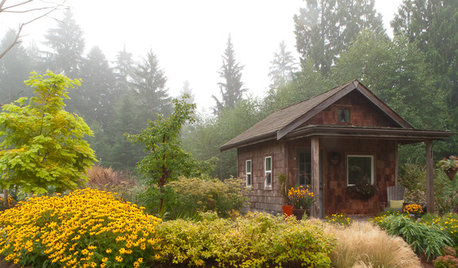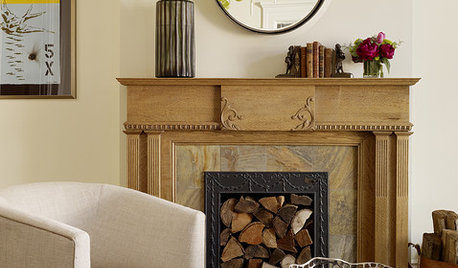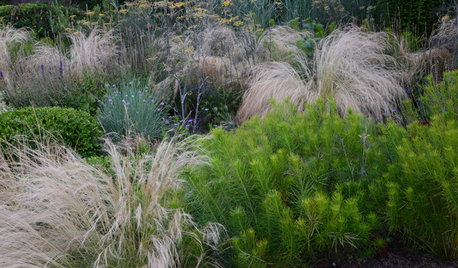Man Seeking No Weeds - Must Have Symmetry
MrPeaBottom
10 years ago
Related Stories

PLANTING IDEASGreat Garden Combo: A Fall Landscape Scene That Lasts
Span the seasons with trees, shrubs and grasses that offer color and texture in abundance
Full Story
DECORATING GUIDESDownsizing Help: Color and Scale Ideas for Comfy Compact Spaces
White walls and bitsy furniture aren’t your only options for tight spaces. Let’s revisit some decorating ‘rules’
Full Story
ORGANIZINGDo It for the Kids! A Few Routines Help a Home Run More Smoothly
Not a Naturally Organized person? These tips can help you tackle the onslaught of papers, meals, laundry — and even help you find your keys
Full Story
FARM YOUR YARDHow to Build a Raised Bed for Your Veggies and Plants
Whether you’re farming your parking strip or beautifying your backyard, a planting box you make yourself can come in mighty handy
Full Story
GARDENING GUIDES4 Ways to Break the Rules in Your Garden
For a more creative landscape design, take a different approach to planting
Full Story
FARM YOUR YARDHello, Honey: Beekeeping Anywhere for Fun, Food and Good Deeds
We need pollinators, and they increasingly need us too. Here, why and how to be a bee friend
Full Story
FALL GARDENING5 Ways to Put Fall Leaves to Work in Your Garden
Improve your soil and yard the organic way with a valuable garden booster that grows on trees
Full Story
EXTERIORSWhere Front Yards Collide: Property Lines in Pictures
Some could be twins; others channel the Odd Couple. You may never look at property boundaries the same way again
Full Story
HOUZZ TOURSMy Houzz: Urban Goes Exotic in a Montreal Artist's Home
Found treasures from around the world mix with reinvented furnishings and natural artifacts in this amazingly creative space
Full Story
WINTER GARDENING6 Reasons I’m Not Looking Forward to Spring
Not kicking up your heels anticipating rushes of spring color and garden catalogs? You’re not alone
Full Story





TXSkeeter
MrPeaBottomOriginal Author
Related Professionals
Belmont Landscape Architects & Landscape Designers · Brunswick Landscape Contractors · Cerritos Landscape Contractors · Lake Saint Louis Landscape Contractors · Norristown Landscape Contractors · Ringwood Landscape Contractors · Rio Linda Landscape Contractors · Palos Heights Landscape Contractors · Bellingham Decks, Patios & Outdoor Enclosures · Green Bay Decks, Patios & Outdoor Enclosures · Hayward Decks, Patios & Outdoor Enclosures · Lenoir Decks, Patios & Outdoor Enclosures · Lincoln Decks, Patios & Outdoor Enclosures · Four Corners Siding & Exteriors · Saint Petersburg Siding & ExteriorsTXSkeeter
MrPeaBottomOriginal Author
Tiffany, purpleinopp Z8b Opp, AL
granneeeeannie
granneeeeannie
jim_1 (Zone 5B)